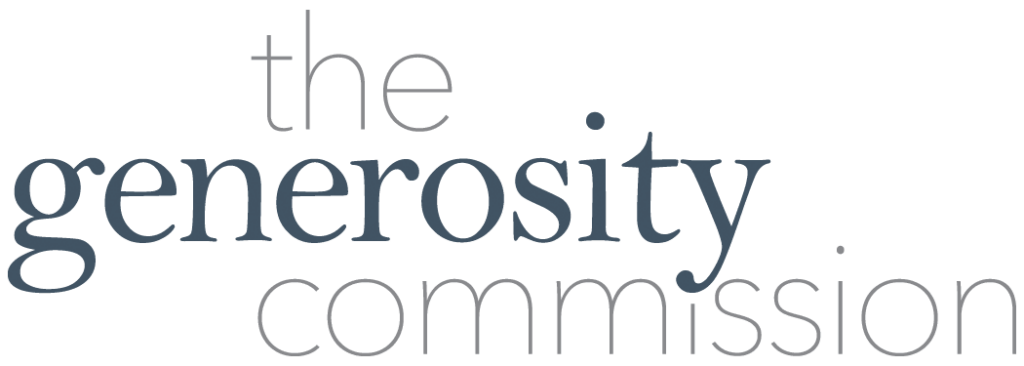Frequently Asked Questions
FAQs About the Generosity Commission
What is The Generosity Commission?
The Generosity Commission is a nonpartisan group of leaders committed to celebrating and supporting Americans’ spirit of generosity as expressed through everyday giving, volunteering, and other forms of civic participation. Launched in October 2021, the Generosity Commission is an independent project of The Giving Institute, whose mission is to actively champion thought leadership that empowers generosity, and Giving USA Foundation™, whose mission is to create a world where accurate data and objective analyses inspire generosity by all and for all.
Through commissioned research and conversations, the Generosity Commission contributes to national understanding about how individual givers and volunteers are reimagining generosity in powerful and positive ways, strengthening our society in the process.
The Generosity Commission has developed recommendations based on its findings. These recommendations focus on ways that the business, nonprofit, and policy sectors can support and enable everyday giving and volunteering. Ultimately, the Generosity Commission seeks to foster a culture of individual and collective generosity in the face of the social and economic challenges our society faces today.
Why was The Generosity Commission created?
The Generosity Commission was born out of a desire to better understand the decline in the number of people in America who are giving and volunteering, and the impact that has on our civil society and democracy. From 2000 to 2016, year over year, more money was given but by fewer givers; approximately 20 million households stopped giving to nonprofits over this period. The rates of volunteering also declined to a 15-year low in 2015.
When that many people change long-standing behavior, it is time to ask why. The answers can reveal underlying societal stresses—and important solutions that can strengthen our society.
The Generosity Commission was created to ask those questions and help develop those solutions.
What is The Generosity Commission’s theory of change?
Individual giving and volunteering are demonstrated to lead to other forms of civic participation, allowing for the kind of active citizenry on which a resilient society relies.
What is the goal of The Generosity Commission?
To increase civic participation as demonstrated by the number of ordinary Americans who give and volunteer—in whatever way best reflects their individual passions, values, and life circumstances.
How did The Generosity Commission advance that goal?
First, the Generosity Commission sought to understand. Through commissioned original research, we sought to better understand trends in giving and volunteering—and the impacts of those trends on community organizations.
Second, the Commission listened to and learned from scholars, practitioners, and everyday donors to better understand giving and volunteering today. Through testimony and listening sessions, we heard from leaders of nonprofits, foundations and other organizations who engage with givers and volunteers, on the opportunities in their fields to further enable everyday giving and volunteering. This research also included focus groups with ordinary people about how Americans describe generosity as they see it and experience it: the barriers they face, the actions they undertake, and their own role in its future.
And our final report, Everyday Actions, Extraordinary Potential: The Power of Giving and Volunteering, offers practical recommendations for policymakers, business leaders, nonprofit organizations, philanthropy, and civil society organizations to inspire and enable everyone to give time and resources, make a difference in the causes that matter to them, and contribute to our shared social fabric.
How are you representing different views and experiences from across the social sector?
We recognized that the Generosity Commission alone cannot be fully representative. Working in an iterative process with the Commission were four Task Forces (Research, Policy, Faith and Giving, Communications), each filled with members that represented diverse perspectives and brought in additional expertise, insight, and guidance to areas of work that were crucial to the success of the Generosity Commission.
The Commission and Task Force members took the testimony of leaders and practitioners across research, policy, and faith sectors to learn more about what generosity looks like today and how to support it. We discussed the most important innovations in their fields; the most promising and/or most self-defeating choices made; and gaps to be filled.
What forms of Generosity does The Commission focus on?
Generosity takes many forms and is expressed in many ways. The Commission is focused on generosity as it is expressed in everyday giving and volunteering, in both time or treasure.
Where is The Generosity Commission “housed”?
The Commission is a project of Giving USA Foundation™, which serves as its fiscal agent. The Commission’s initial design was the product of the Generosity Commission Working Group convened by The Giving Institute.
What happens next for The Generosity Commission?
The recommendations that the Commission offers in its final report are not meant to be comprehensive, nor is the report meant to serve as the last word on the topic. Rather it is offered as an effort to spark a broader national conversation, an open document that honors the dynamic period of cultural, social, and economic change that we now inhabit.
We encourage civic organizations, community foundations and others to convene engaged citizens and leaders locally and continue community-based conversations on the issues raised by the report. We are happy to support such efforts by connecting you to experts and speakers. Please contact us via www.TheGenerosityCommission.org
Our hope is that everyday givers and volunteers will treat the report as a living document to be continuously challenged, updated, and improved over time, reflecting the dynamism of civil society and the many expressions of generosity that help define American life.
FAQs About Giving and Volunteering Today
Are fewer Americans giving and volunteering—or do they give and volunteer in different ways?
We know that fewer Americans are giving to and volunteering with nonprofit organizations. We also know that American generosity includes a long-standing tradition of direct giving to friends and strangers, unmediated by charitable organizations, which is not included in these kinds of measures. And in recent years, there has been a burst of online crowdfunding and mutual aid societies, with gifts to individuals as well as organizations, acting rapidly to address immediate needs.
While the Generosity Commission celebrates all these actions, the Commission was largely formed in response to the trend in decades-long decreases in the number of people giving to and volunteering with nonprofit organizations, and the civic implications of that trend. We have also identified specific gaps in data to better understand the full spectrum of generosity today.
Why does it matter that fewer people are giving and volunteering, if nonprofits are still getting money?
Our landscape shows that more donations to nonprofits are coming from fewer, wealthier people. That is concerning, because it means fewer people are able to contribute their perspective, build social connection, and engage in our society.
Our recommendations point to ways that foundations, nonprofits, businesses, and policymakers can make changes to address this imbalance.
Many people can’t afford to give money. What do you say to them?
We understand that there are many factors that impact one’s ability to give and volunteer. We recognize that not everyone has the capacity or resources to give consistently, but we believe that everyone has been and will be generous in their lives.
Our hope is that more people understand that their generosity matters, regardless of how and how much they are able to contribute in time or money. When more people are giving and volunteering to nonprofits, nonprofits are able to effectively represent their communities, respond to local needs, and continue to make a real difference.

